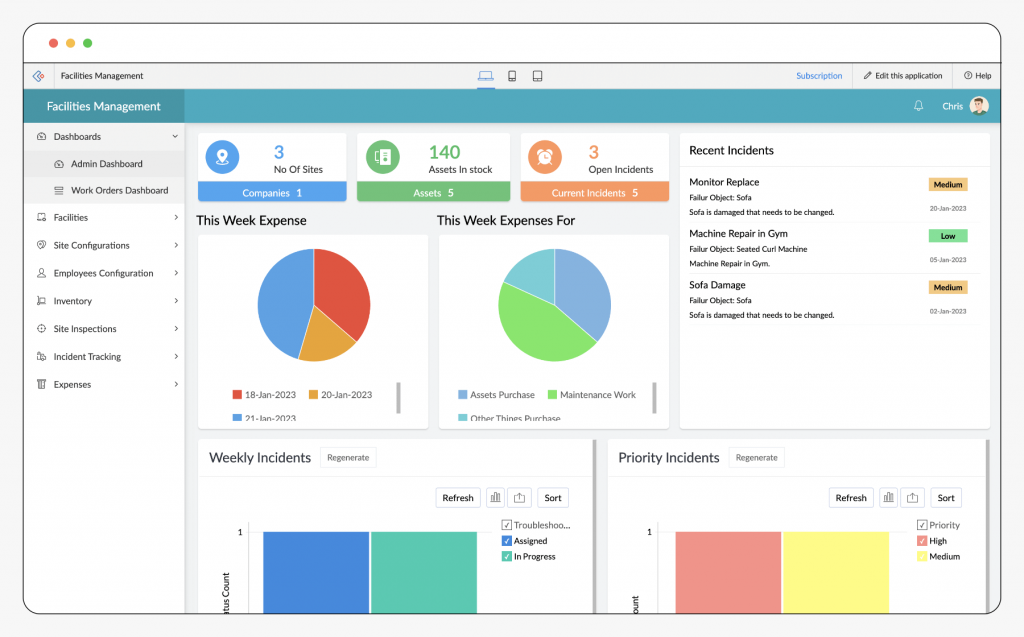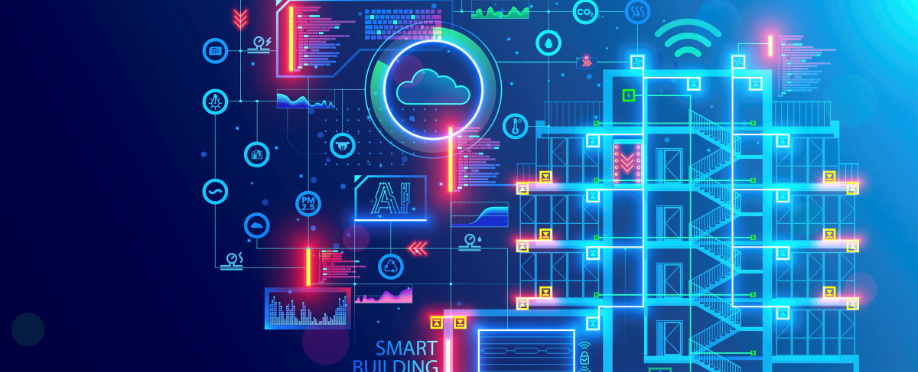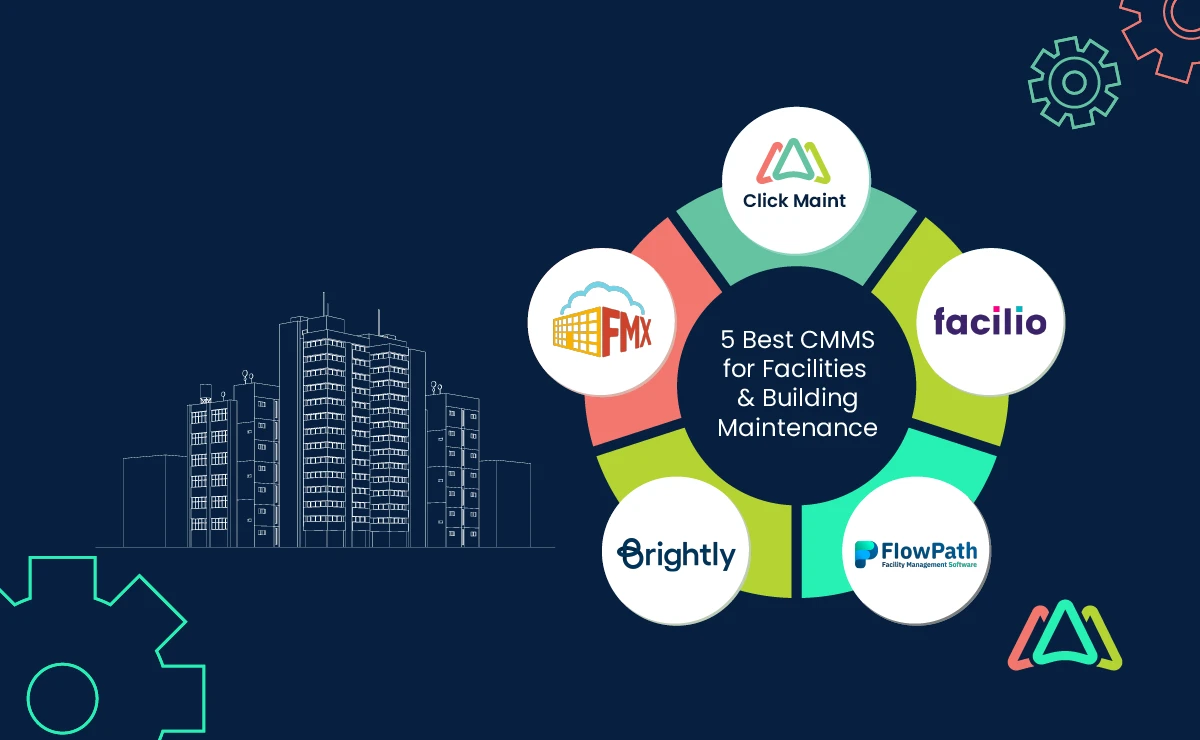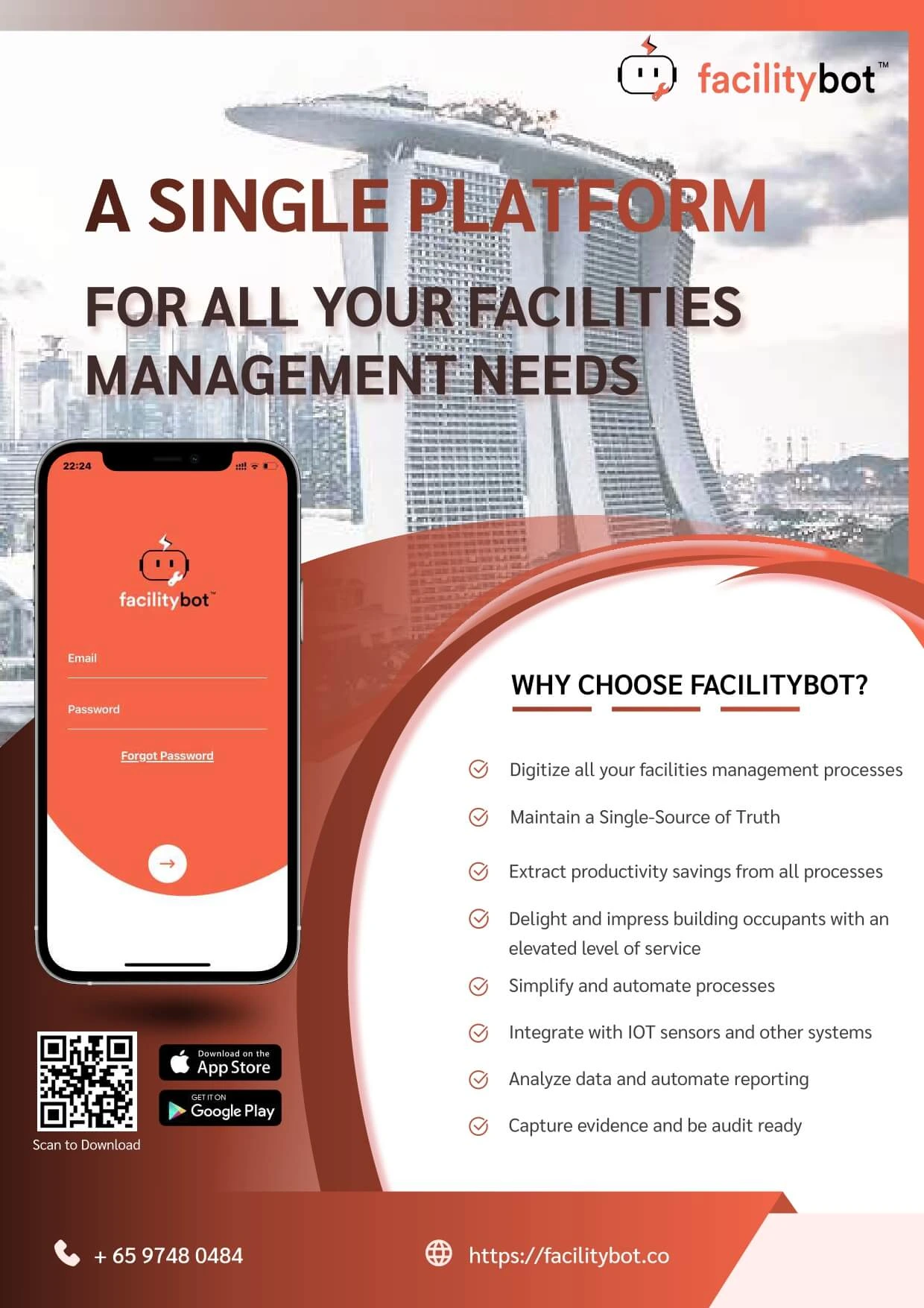Last updated on July 24th, 2025 at 10:39 am
In today’s fast-paced environment, businesses are increasingly relying on facility management software to streamline operations, improve efficiency, and reduce costs. Building a robust facility management solution involves careful planning, the right technology stack, and a focus on the needs of both facility managers and end-users.
What is Facility Management Software?
Facility management software (FMS) is a digital platform that helps organizations manage their physical assets, maintenance schedules, space allocation, and service requests. It provides tools for fault reporting, asset tracking, preventive maintenance, and vendor management, all in one place.
By digitizing these processes, businesses can reduce downtime, optimize resource allocation, and ensure smooth day-to-day operations.

Key Features of Effective Facility Management Software
When building a facility management system, consider integrating these core features:
1. Fault Reporting and Tracking
A fault reporting module enables users to log and track issues in real time, ensuring timely resolution. Automated notifications and escalation workflows are essential for reducing response times.
2. Preventive Maintenance Scheduling
Preventive maintenance tools help organizations anticipate problems before they occur, extending asset life cycles and minimizing costly breakdowns.
3. Asset Management
Centralized asset databases with tracking capabilities allow organizations to monitor equipment status, usage history, and depreciation.
4. Space and Resource Management
Facilities can optimize their floor plans, allocate meeting rooms, and manage utilities more effectively through digital solutions.
5. Reporting and Analytics
Robust reporting tools offer insights into maintenance costs, equipment performance, and service request trends, helping managers make data-driven decisions.
Steps to Build Facility Management Software

1. Define Requirements
Identify the organization’s unique needs, such as the types of facilities managed, the volume of assets, and the size of the maintenance team.
2. Choose the Right Tech Stack
Opt for scalable and secure technologies like cloud-based platforms, mobile-friendly interfaces, and integration with IoT sensors for real-time monitoring.
3. Design a User-Friendly Interface
Prioritize intuitive design to encourage adoption by both technical and non-technical staff.
4. Integrate Fault Reporting Software
Incorporate a fault reporting software module that allows instant issue logging, tracking, and resolution. This feature is vital for reducing downtime and improving overall service quality.
5. Test and Deploy
Conduct rigorous testing to ensure the system runs smoothly, then roll it out in phases for minimal disruption.
6. Provide Training and Support
Offer comprehensive training and continuous support to facility teams to maximize the software’s value.
Benefits of Building Facility Management Software
- Improved Operational Efficiency – Automate workflows and reduce manual paperwork.
- Cost Savings – Lower maintenance and energy costs through predictive maintenance.
- Enhanced Transparency – Track all maintenance activities and vendor interactions.
- Better User Experience – Quick fault resolution leads to higher satisfaction.
FacilityBot: The Smarter Way to Manage Facilities
When it comes to deploying powerful facility management software, FacilityBot stands out. Designed with efficiency in mind, FacilityBot simplifies operations through intuitive dashboards, real-time updates, and seamless fault reporting software integration. Teams can instantly log issues via messaging platforms, track progress, and receive automated updates, ensuring faster response times and improved service quality. FacilityBot helps organizations streamline maintenance processes, reduce downtime, and achieve superior facility performance—all in one smart solution.




